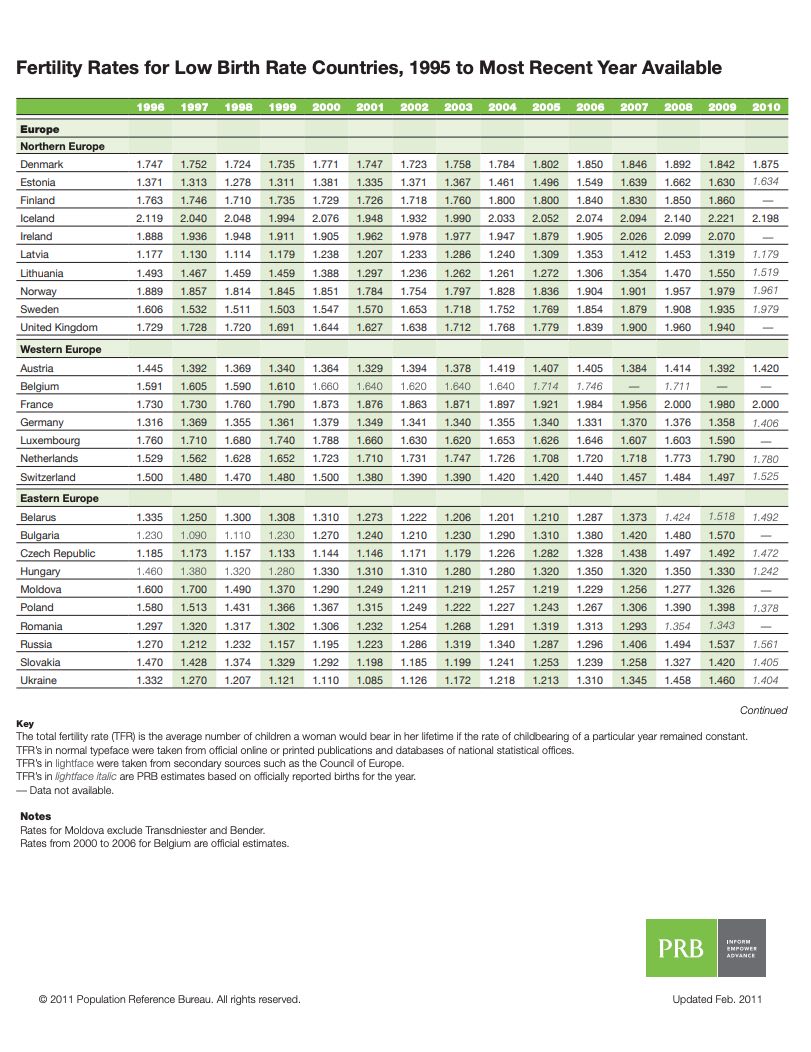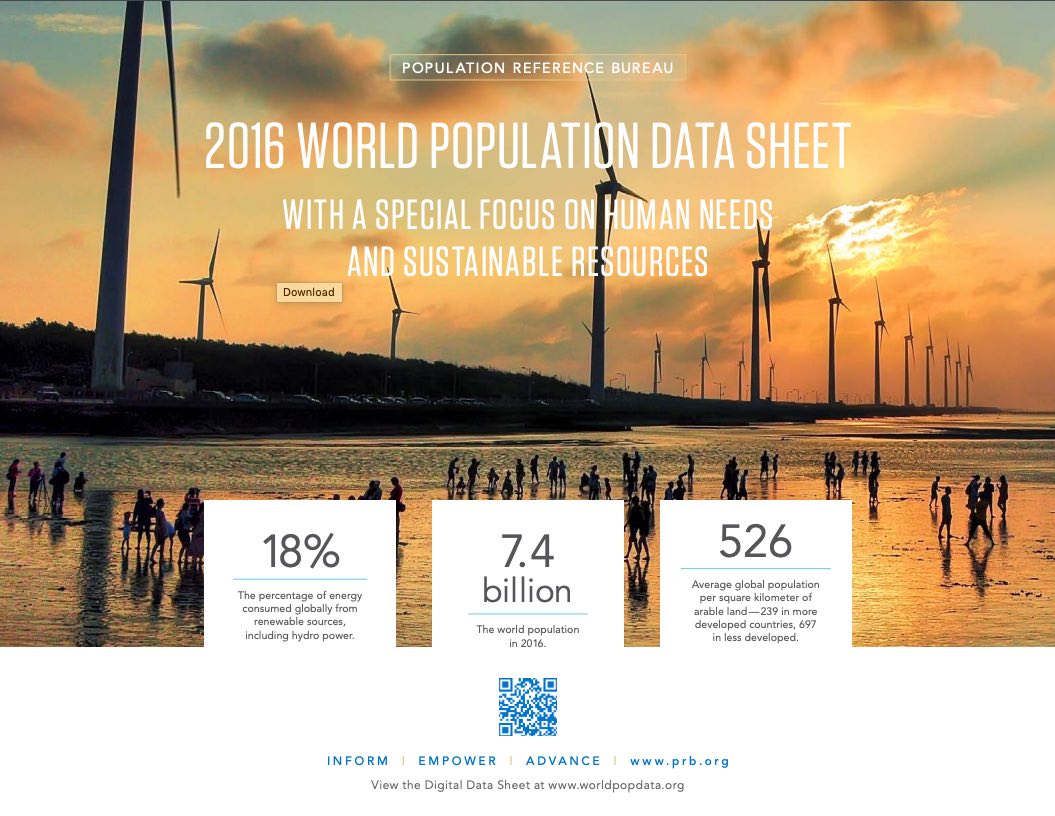122 Search Results Found For : " ɺ rrx219.top ݸ ī ī ī ¶ν ī Ʈ ƾѹīƮ αͳݹī Japan casino"
Dissecting China’s 2000 Census
(2001) After conducting what was arguably the world's most ambitious census ever last November, the Chinese government has begun to release the results.

The Backdrop: Rising Inequality in the U.S.
(2014) Countries around the world are paying more attention to inequality as an indicator of social and economic well-being.

Birth Rate Trends in Low-Fertility Countries

Project: PACE: Policy, Advocacy, and Communication Enhanced for Population and Reproductive Health
Interactive. 2016 World Population Data Sheet
The world population will reach 9.9 billion in 2050, up 33 percent from an estimated 7.4 billion now, according to projections included in the 2016 World Population Data Sheet from the Population Reference Bureau (PRB).

Project: PACE: Policy, Advocacy, and Communication Enhanced for Population and Reproductive Health
2016 World Population Data Sheet (pdf)
The world population will reach 9.9 billion in 2050, up 33 percent from an estimated 7.4 billion now, according to projections included in the 2016 World Population Data Sheet from the Population Reference Bureau (PRB).


